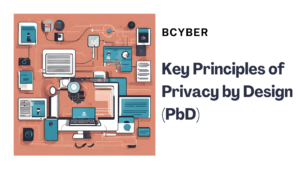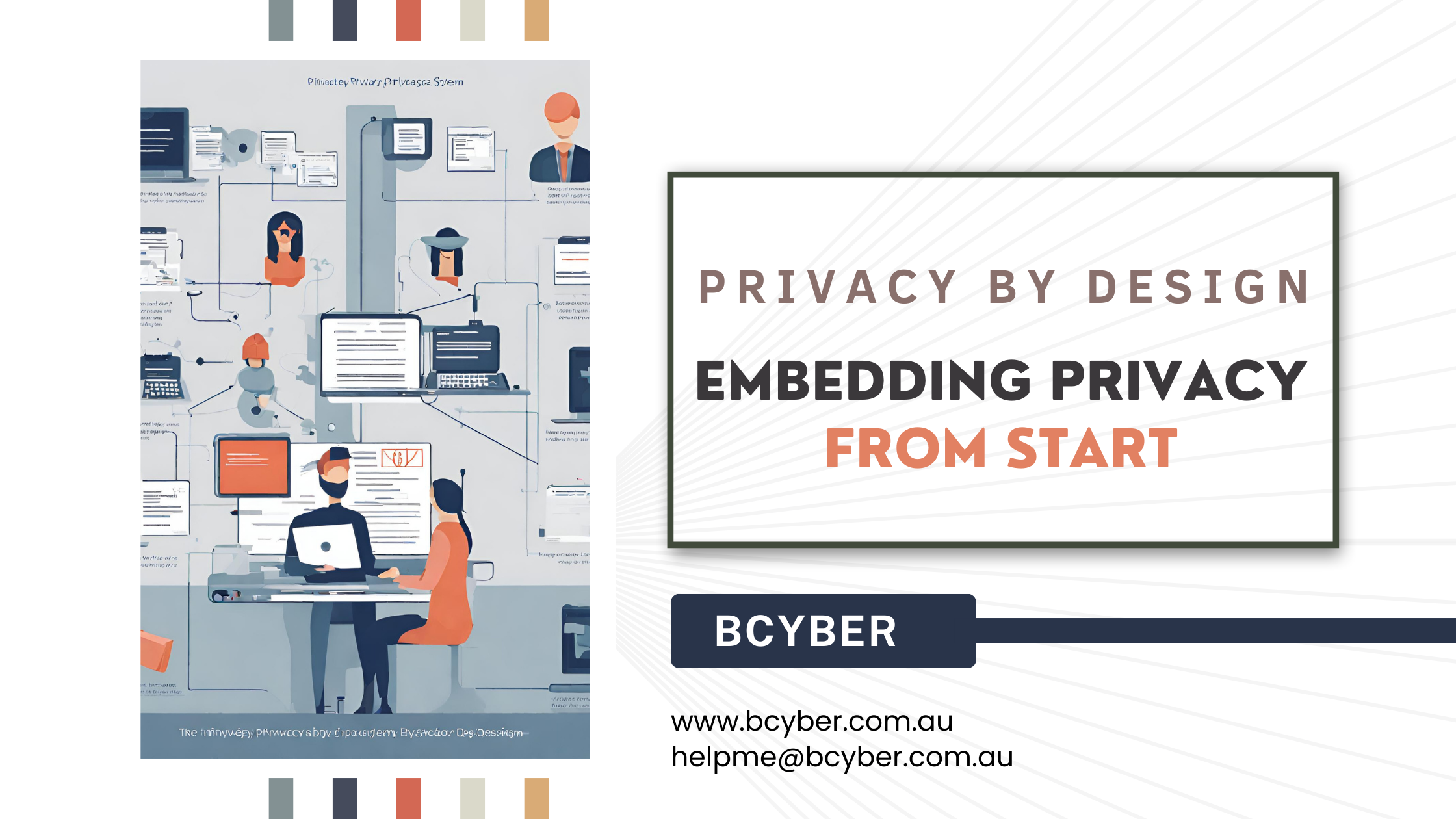In today’s digital landscape, confidentiality has become a fundamental concern for individuals and organisations alike. With data breaches and privacy violations increasing in number and size, there is a growing recognition of the importance of embedding confidentiality into system design from the outset. In this blog post, we explore the concept of Privacy by Design (PbD) and how adopting its principles can enhance data protection, foster trust, and promote responsible innovation.
Understanding PbD:
It is a proactive approach to confidentiality that emphasises embedding confidentiality considerations into the design and architecture of systems, processes, and technologies from the outset. Coined by Dr. Ann Cavoukian, former Information and Privacy Commissioner of Ontario, Canada, PbD seeks to prevent confidentiality breaches before they occur, rather than reactively addressing them after the fact.
At its core, PbD recognises privacy as a foundational human right and a criltical element of trust in the digital age. By integrating confidentiality into the design process, organisations can build systems and operational processes that are inherently privacy-enhancing, resilient to threats, and respectful of user preferences.
Key Principles of Privacy by Design (PbD):

- Proactive not Reactive: PbD advocates for a proactive approach to confidentiality, where privacy considerations are incorporated into system and operational process design and development from the outset, rather than being addressed as an afterthought.
- Privacy as the Default Setting: PbD promotes the idea that confidentiality should be the default setting for all systems and processes. This means that confidentiality features should be enabled by default, with users having to actively opt-in to share additional information.
- End-to-End Security: PbD emphasises the importance of implementing robust security measures to protect personal data throughout its lifecycle. This includes encryption, access controls, and data minimisation techniques to mitigate the risk of unauthorised access and data breaches.
- Visibility and Transparency: PbD advocates for transparency and visibility into how personal data is collected, used, and shared. Organisations should provide clear and accessible information about their data practices, including privacy policies, consent mechanisms, and data retention policies.
Benefits of Adopting PbD:
- Enhanced Data Protection: By embedding privacy into system and operational police design from the outset, organisations can strengthen data protection measures and reduce the risk of privacy breaches and violations.
- Increased Trust and Credibility: Adopting PbD principles demonstrates a commitment to protecting user confidentiality and fostering trust. This can enhance the organisation’s credibility and reputation among customers, partners, and stakeholders.
- Innovation and Differentiation: PbD can also spur innovation by encouraging organisations to develop confidentiality-enhancing technologies and practices. By prioritising privacy and data protection, organisations can differentiate themselves in the marketplace and gain a competitive edge.
Implementing (PbD):
- Conduct Privacy Impact Assessments (PIAs): It is a key tool for identifying and mitigating privacy risks in new projects and initiatives. By conducting PIAs early in the design process, organisations can proactively address confidentiality concerns and ensure compliance with confidentiality regulations.
- Design with Privacy in Mind: When designing new systems, processes, or technologies, organisations should consider confidentiality implications at every stage of the development lifecycle. This includes implementing confidentiality-enhancing features, such as data minimisation, encryption, and anonymisation, as well as incorporating privacy-by-design methodologies into the development process.
- Educate and Empower Employees: PbD requires a cultural shift within organisations, with all employees playing a role in protecting user privacy. Organisations should provide training and resources to educate employees about privacy best practices and empower them to integrate privacy considerations into their daily work.
- Foster Collaboration: Privacy by Design is a collaborative effort that requires input and collaboration from various stakeholders, including legal, IT, security, and compliance teams. By fostering collaboration across departments, organisations can ensure that privacy considerations are integrated holistically into their operations.
Conclusion:
PbD offers a proactive and principled approach to privacy that emphasises embedding privacy considerations into system design from the outset. By adopting PbD principles, organisations can enhance data protection, foster trust, and promote responsible innovation. At BCyber – Cyber Security Australia, we are committed to helping organisations embrace Privacy by Design and build systems that prioritise user privacy and security. Contact us today to learn more about how we can help you strengthen your privacy practices and protect your data.
Interested in more information then Contact Us
Join us and discuss the ever-changing cybersecurity landscape and data collection with cybersecurity expert Mr. Graham Chee, Co-Founder of BCyber and Founder of Local Knowledge, with over 35 years of experience in accounting, taxation, and cybersecurity. He is a qualified Governance, Risk and Assurance specialist and has been recognised as a top innovator in insurance. Graham is dedicated to integrating commercial strategy with cybersecurity and intellectual property for his clients. Don’t miss out on this opportunity to learn from Graham’s expertise! See you there!

